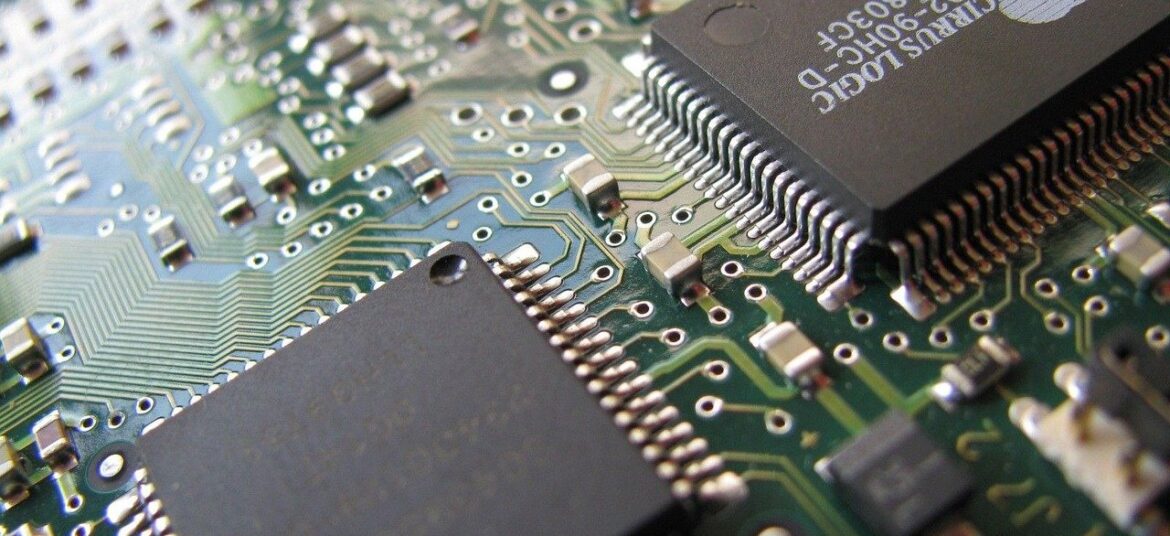As global markets battle the chip crunch, they are turning to Southeast Asia.

It is an integral and indispensable part of nearly every electronic device used today. This is why the global shortage of semiconductor chips has companies and governments alike fretting. While governments are worried about the economic and national security aspects, others are feeling the pinch in terms of higher costs and delayed deliveries.
The demand for semiconductors had already been growing rapidly in the past few years. Then came the Covid-19 pandemic. Semiconductor plants had to close during the lockdowns, and silicon—a key ingredient in chips—suddenly became scarce as it was diverted for vaccine manufacture. At the same time, demand for smartphones, laptops, and state-of-the-art medical and laboratory equipment skyrocketed.
The situation right now
It will take time for the demand-supply mismatch to correct, even though chip companies have ramped up their investment plans and are considering various other options.
The companies that design semiconductors—Apple, Nvidia, AMD, and Qualcomm—don’t manufacture them. The “foundries” that make these chips are overwhelmingly located in Asia. A Deloitte report points out that China, Japan, South Korea, and Taiwan are the “Big 4” in terms of semiconductor revenue. Moreover, Asia Pacific is the world’s biggest market for semiconductors with a 60% share. Taiwan’s TSMC accounts for 53% of the global foundry market, while other companies in Taiwan have another 10% of the market.
That’s a source of concern, given the geopolitical tensions between China and the US, which escalated with US House Speaker Nancy Pelosi’s recent visit to Taiwan. If the trade war between the two nations intensifies, it could impact exports from Taiwan to the US. This is where South East Asia comes in.
Why SEA is the answer
The region has a long history of semiconductor production and Malaysia has been a hub since the 1970s. In 2020, the semiconductors industry accounted for 62% of the Philippines’ exports, and electronics components, devices, and mobile phones made up 40% of the exports in Vietnam.
Most countries in the region are home to a multilingual, highly skilled workforce and offer strengths across the semiconductor value chain. Thailand is offering tax incentives for
semiconductor investments. Indonesia does that as well, in addition to creating 19 Special Economic Zones with easy business licensing and customs exemptions.
In Vietnam, the semiconductor business is expected to grow at a compounded annual rate of 19% between 2020 and 2024. The government has earmarked $3.2 billion for a number of integrated circuit R&D centres.
With a 22.5% market share, the ASEAN region is already the world’s second-largest semiconductor exporter. And now, the entire region is gearing towards growing its share of the global semiconductor business.

Jun De Dios is our EVP for Growth & Strategy and he is also our Country Manager for Philippines. Jun was the CEO for AkzoNobel in Vietnam from 2008-13, and then CEO in Indonesia, before being appointed Cluster Director for Indonesia, Malaysia, Thailand, Philippines, Papua New Guinea, Australia, New Zealand and Pacific Islands over the period 2013-2019.
Stay up to update with our latest news.
Have Us Contact You
